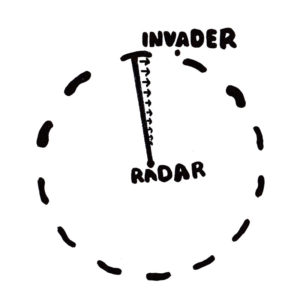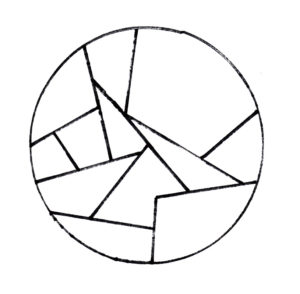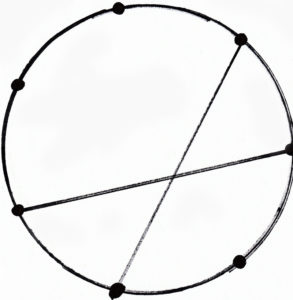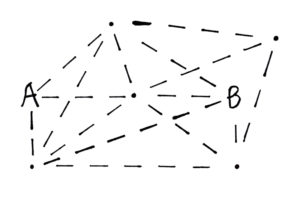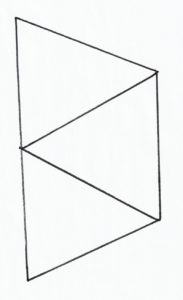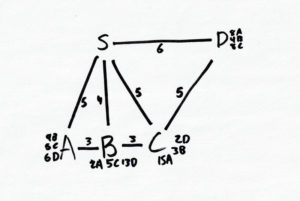All of your algebra, geometry, trigonometry, angle theorems, and pathmaking skills are required to have a chance of solving today’s challenge.

In a mathematical capture, all police officers and the target are points that travel at the same constant speed in infinite space in n dimensions. They have infinite endurance and perfect reaction time. The target is instantly captured and cannot ecape when a police officer touches it. In 1 dimension, when n = 1, it obviously takes 2 officers surrounding the target. When n = 2, we can do it with three easily. We do this by dividing the plane into three, each officer can easily trap the target in a 120° slice. The challenge is to see how many officers it takes to capture the target when n equals 3, in three dimensions.

